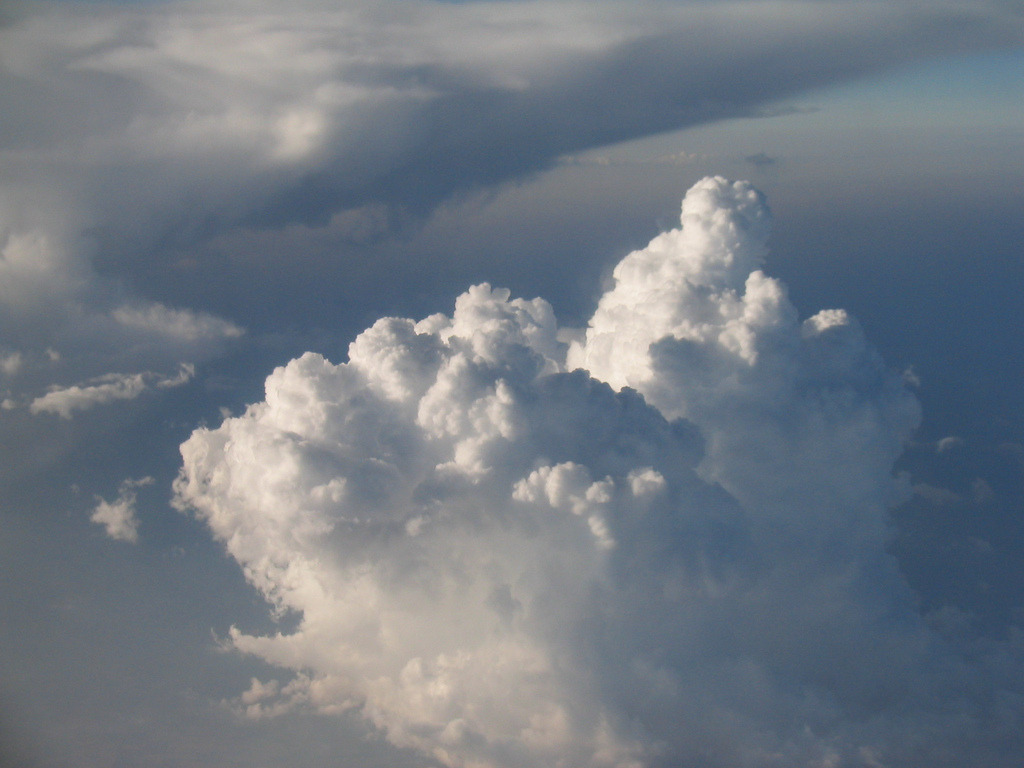Mingling in the Sky—A View from the Earth
Submitter:
Bhattacharya, Atreyee — Pacific Northwest National Laboratory
Area of research:
Cloud-Aerosol-Precipitation Interactions
Journal Reference:
Science
Scientists use ground-based observations to understand the relationship between aerosol abundance in the atmosphere and its effects on cloud properties.
Striking the right balance—critical as it may be—is often difficult. Aerosols, or dust-sized particles in the atmosphere emitted from both natural and anthropogenic sources, pose one such challenge.
Aerosols act as surfaces for atmospheric water vapor to condense upon and ultimately form clouds. In just the right number, aerosols “seed” clouds that have sufficient water, meaning that they are heavy enough to rain out quickly.
Aerosols often tend to coalesce together. This results in fewer aerosol particles overall, which hinders cloud formation. Too many aerosols, on the other hand, produce clouds that are not heavy and thus fail to rain out in due time.
In trying to understand how aerosols and clouds interact, particularly how the number of aerosols alters the way clouds retain and rain out liquid water, scientists face a major challenge: it is difficult to obtain unbiased measurements of cloud and aerosol properties in the atmosphere simultaneously, even from satellites.
Impact
Ground-based remote sensing technology furnishes information regarding cloud and aerosol properties simultaneously and thus provides a potential solution.
An international team of researchers, led by Dr. BL Madhavan, used comparable technological expertise provided by the U.S. Department of Energy’s Atmospheric Radiation Measurement (ARM) Climate Research Facility on the Southern Great Plains to take a new look at the interactions between aerosols and clouds.
Their research, published in the journal Atmosphere in October 2012, demonstrates that ground-based techniques vastly improve our ability to study interactions between these two parameters, particularly at short intervals of time.
The team shows that the abundance of aerosols at cloud-forming heights is greater than projected estimates based on near-ground values. Extrapolating aerosol concentration from near-surface estimates to higher altitudes thus introduces errors in models that seek to simulate the interactions between clouds and aerosols.
Summary
The use of ground-based remote sensing techniques provide another rare advantage: scientists can track clouds as they evolve and move through polluted regions. As pollution continues to rise in parts of Europe and southeast Asia, understanding how clouds and aerosols interact in these regions is becoming increasingly important in global climate models.


